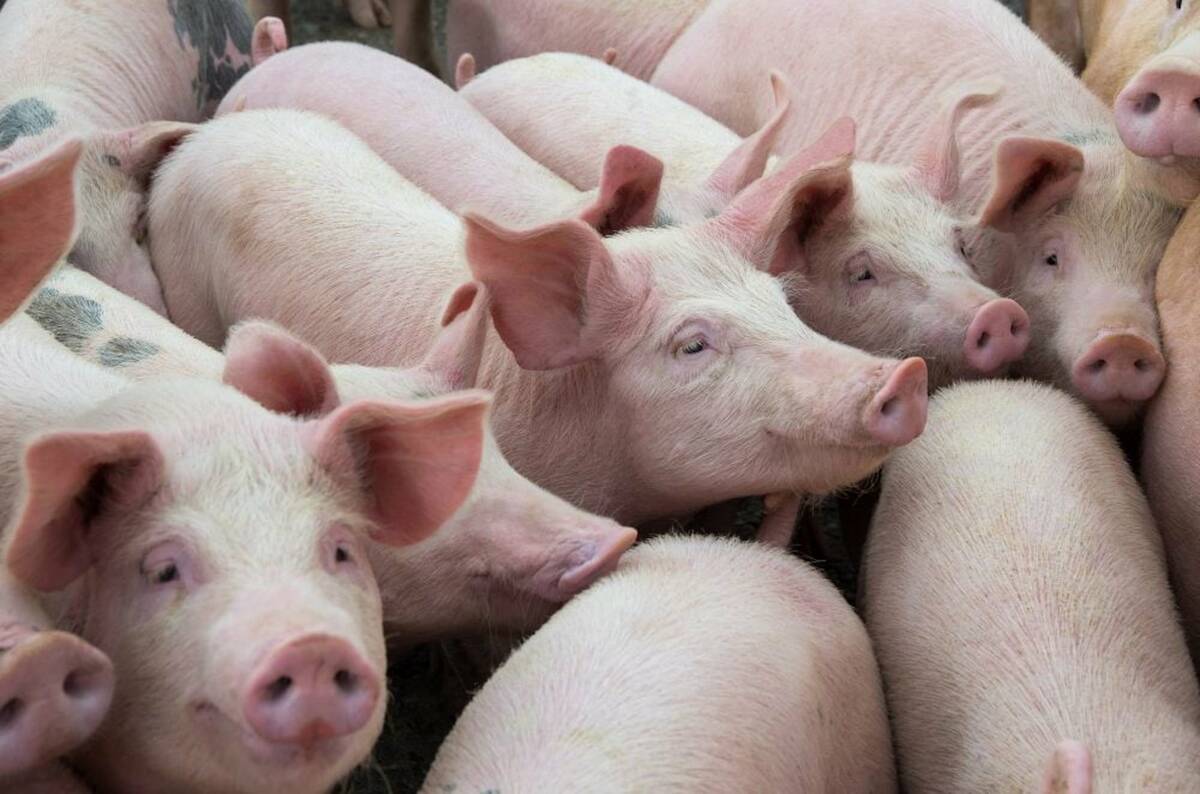“Record shipments” in its Australian grain handling pipeline have added more heft to the second-quarter ledger for Canada’s biggest grain handler.
Viterra last week booked profit of $33.08 million on $2.702 billion in revenue in its quarter ending April 30, up from $18.41 million on $2.027 billion in the year-earlier period.
“From a strategic perspective, our geographic diversification has delivered to expectations, with our Australian operations accounting for almost half of Viterra’s EBITDA to date,” CEO Mayo Schmidt said in a release.
EBITDA (earnings before interest, taxes, depreciation and amortization, a common benchmark figure in companies’ financial reporting) also rose on “solid” Canadian contributions from the company’s grain handling and marketing arm and pasta and oat processing businesses, the company said Thursday.
Read Also

U.S. livestock: Hogs rise ahead of ‘Hogs and Pigs’ report
Chicago cattle futures continued to inch upward on Monday. Hogs also rose in anticipation of Tuesday’s Hogs and Pigs report….
The company’s grain handling and marketing segment generated $122 million in EBITDA for the quarter, up from $74 million in the year-earlier Q2, mostly on contributions from its Australian operations but also from “increased merchandising and blending opportunities,” more higher-margin pulse sales and more shipments through its Prince Rupert Grain terminal.
Viterra’s international grain group, however, ate an EBITDA loss in the second quarter of $2 million on “global events” such as Japan’s earthquake and tsunami and political unrest in the Middle East, spurring “extreme” volatility in commodity prices.
In the company’s agri-products (ag inputs) segment, EBITDA for the second quarter was $21 million down from the $30 million reported a year ago “due to timing differences caused by late seeding in North America.”
In the company’s processing segment, EBITDA for Q2 was $23 million, “on par” with the year-earlier period. Contributions from the U.S. pasta and oat processing operations Viterra bought in 2010 were offset by “weaker” results from its malt plants in Australia and its canola processing and feed operations due to “short-term challenges in each of these industries.”
“Actively participate”
Looking ahead, Viterra noted the federal government’s plans to deregulate the Canadian Wheat Board’s single marketing desks for Prairie wheat, durum and barley through legislation that would take effect in August 2012, allowing the CWB to “coexist” with other players in the Prairie grain trade.
While it’s “early in the process and few details are available on how this outcome will be achieved,” the company said it’s “confident” in its ability to operate in an open wheat and barley market and “serve the needs of farmers, other industry participants, and the new CWB.”
To that end, the company said it “intends to actively participate in the process to promote an orderly transition with positive, sustainable change for the benefit of the western Canadian agricultural industry.”
Also looking ahead in a separate release Thursday, the company scotched claims temporarily made last week on the website of the European Bank of Reconstruction and Development (EBRD), which stated the bank was considering providing tens of millions of dollars in financing to Viterra to put up “agricultural infrastructure” in Ukraine.
Viterra, which in October last year opened a marketing office in Kiev, reiterated Thursday that it’s “only in the exploratory phase” of considering possible opportunities in Ukraine, which “could at some point include infrastructure,” but “no firm commitments” have been made.
If Viterra did act on such opportunities, it said, it would “likely seek” international financing, possibly through agencies such as the “highly regarded” EBRD.
However, Viterra said Thursday the information released on EBRD’s website last week “was not factually accurate” and the bank had already taken that information off its site at Viterra’s request.














